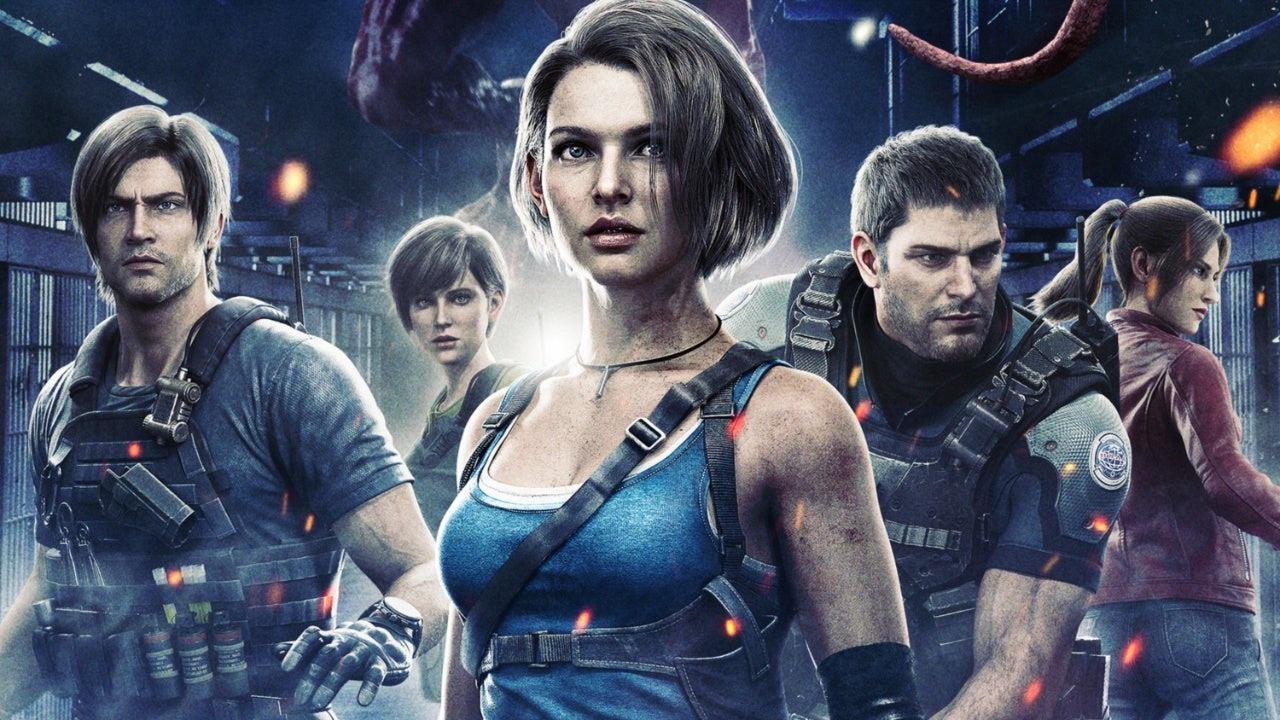The Resident Evil series has long been a cornerstone of survival horror gaming, captivating players with its blend of suspenseful storytelling, innovative gameplay, and memorable characters. Among its various installments, Resident Evil 1.5, often referred to simply as RE1.5, stands out as a unique chapter that has intrigued fans and historians alike due to its troubled development and eventual cancellation. This article explores the origins, gameplay, and legacy of RE1.5, shedding light on why it remains a beloved yet elusive entry in the Resident Evil canon.
Origins of RE1.5
Resident Evil 1.5 was conceived as a direct sequel to the original Resident Evil game, which debuted in 1996 and set the standard for survival horror with its tense atmosphere and resource management mechanics. Following the commercial success of the first game, Capcom aimed to capitalize on its popularity by creating a sequel that would expand the narrative and introduce new gameplay elements.
Development of RE1.5 began in the late 1990s, initially under the direction of Tsukasa Takenaka. The game was set to take place in Raccoon City, where players would navigate through various environments and encounter both new and familiar foes. One of the key innovations of RE1.5 was its dual protagonist system, featuring characters named Elza Walker and a new version of Leon S. Kennedy. This approach aimed to provide players with diverse gameplay experiences and story arcs, showcasing different perspectives on the unfolding horror.

Gameplay Mechanics
RE1.5 sought to evolve the series’ mechanics while retaining the core elements that fans loved. The game was designed with an over-the-shoulder camera perspective, a significant departure from the fixed camera angles of previous titles. This new approach allowed for greater immersion and enhanced player control, aligning with the industry trends of the time.
In terms of gameplay, RE1.5 aimed to introduce new puzzles, enemy types, and environmental challenges. Players could expect to encounter a variety of undead creatures and other monstrous entities, as well as engage in combat scenarios that required strategic resource management. The game also featured expanded inventory systems and crafting mechanics, allowing players to combine items to create powerful weapons or health aids.
The Cancellation of RE1.5
Despite the ambitious vision for RE1.5, development faced numerous challenges. As production progressed, Capcom began to question the direction of the project. The original concept, while intriguing, was deemed too divergent from the series’ established formula. Concerns over pacing, character development, and gameplay mechanics prompted Capcom to reconsider the game’s viability.
In 1999, the decision was made to scrap RE1.5 and start anew, leading to the development of Resident Evil 2 as we know it today. The final product, released in 1998, featured a refined narrative, new gameplay mechanics, and enhanced graphics. While RE1.5 was ultimately left unfinished, it would leave a lasting impact on the franchise and the gaming community.
Legacy and Rediscovery
In the years following its cancellation, RE1.5 became a subject of intrigue and speculation among fans. As the internet evolved, so did the desire to uncover the lost game. Rumors circulated about leaked assets and footage, and enthusiasts dedicated themselves to piecing together the fragments of RE1.5’s development.
In 2016, a group of dedicated fans released a playable demo titled “Resident Evil 1.5: The Rebirth Project,” which utilized assets from the original build to recreate the game’s environment and characters. This project reignited interest in RE1.5 and provided fans with a glimpse into what could have been. Although the demo was a work in progress and not a complete representation of the original vision, it showcased the potential of RE1.5 and its significance in the Resident Evil timeline.
The enduring fascination with RE1.5 is not solely rooted in nostalgia; it reflects the passion of the Resident Evil community and the legacy of the franchise as a whole. Fans continue to explore the depths of its lore, discussing its characters, setting, and gameplay mechanics, often comparing them to the final version of Resident Evil 2.
Conclusion
Resident Evil 1.5 stands as a testament to the creative challenges and ambitions that developers face in the gaming industry. Though it was ultimately cancelled, the legacy of RE1.5 endures in the hearts of fans and the annals of gaming history. Its innovative ideas, character designs, and gameplay mechanics continue to resonate, reminding players of the rich tapestry that the Resident Evil series has woven over the years.
As the franchise continues to evolve with new entries and remakes, the story of RE1.5 serves as a reminder of the importance of experimentation and the ever-present possibility of what could have been. Whether through fan projects or discussions among enthusiasts, the spirit of RE1.5 lives on, ensuring that this forgotten gem remains a cherished part of the Resident Evil legacy.

